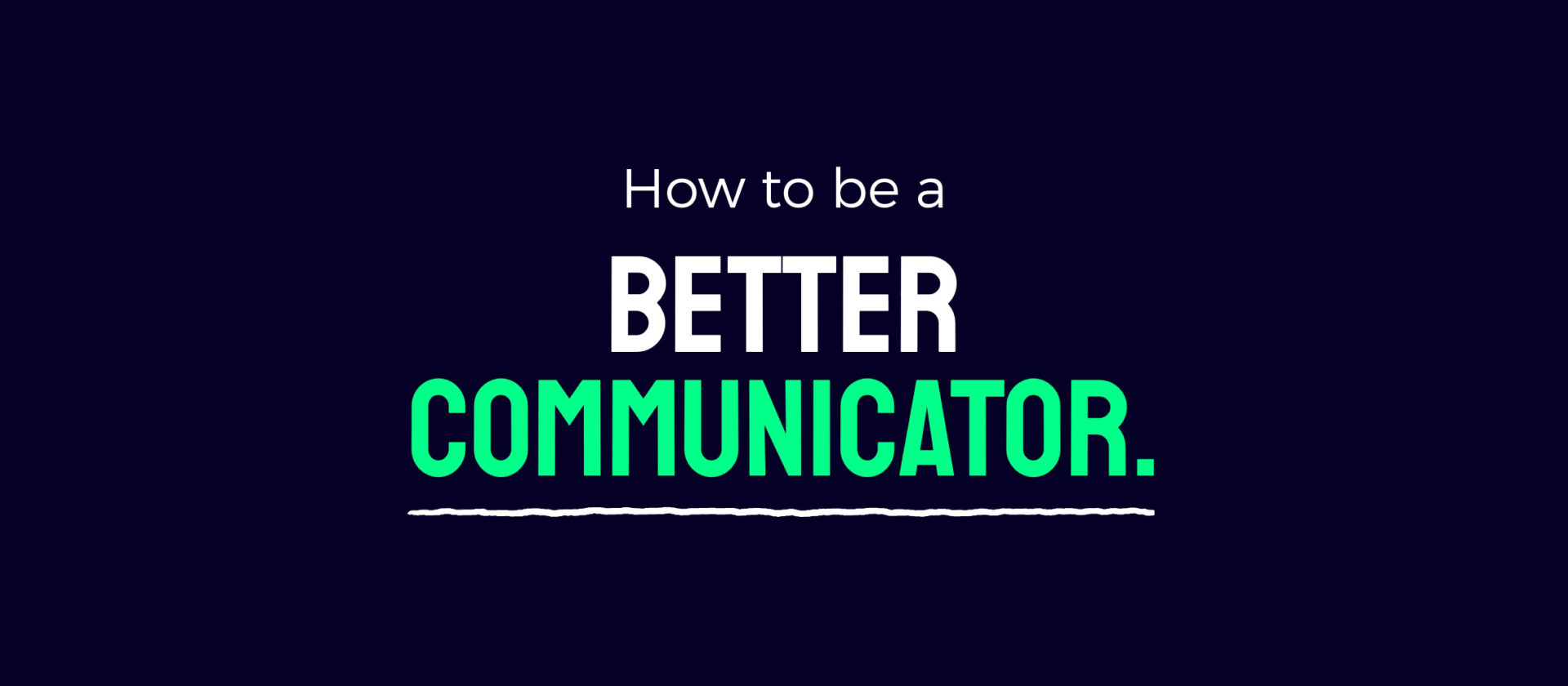You could learn a lot around how to be a better communicator from the highly-experienced George Stephanopoulos. Luckily for us, he has a new MasterClass. Though his stories come from interview situations, there are plenty of tips in there that you can use to transform your next presentation into a persuasive and purposeful piece of effective communication.
George Stephanopoulos is an award-winning interviewer, political commentator, and former Democratic advisor. He worked in The White House alongside Bill Clinton, and has been back to interview every President that has followed. You could say he knows a thing or two about how to be a better communicator. In Stephanopoulos’ new MasterClass, he teaches techniques for nurturing authentic, meaningful conversations that you can take out of the interview setting and into your next presentation.
Here are the five tips we’ve repurposed from the MasterClass, so that you can get the inside track on how to be a better communicator, in time for your next big pitch.
How to be a better communicator
Tip one: discover
“Cast a wide net [of collaborators] and have a sense of what they think is interesting, what kinds of things they want to learn.”
George Stephanopoulos
In the run-up to a presidential interview, George brings together numerous colleagues, to workshop questions and topics to cover. In fact, this diverse team comes together to consider how to be a better communicator in this very specific situation. If you want your presentation to strike a chord with your audience, you should be doing the same.
No matter how well you know your audience, we humans bring a load of bias and ego with us to every party, meaning – by yourself – it’s hard to make unbiased choices when it comes to your presentation messaging. And – by yourself – you have blind spots; you might miss something, and you only have one point of view. But in a team of diverse minds, you multiply viewpoints and reduce blind spots. You increase collective knowledge and are less likely to miss something important. And, you have a chance of removing ego to let the audience’s needs take centre stage. Together, you can find the messages that will help you on your way to effective communication.
At Buffalo 7, we start every project with a Discovery workshop. This is where we get every key stakeholder – from your side and ours – in a room to uncover the presentation’s purpose, plotting the best route to achieving it by fully connecting with the audience’s goals. But, beyond that, we pride ourselves on creative collaboration and consultancy. At key moments within the project timeline, we bring creative minds from each of our disciplines together to throw ideas around. We test hypotheses, ask “what if…?”, and exhaust possibilities. We keep going until we have more than simply ideas: we have innovation to present back to you. It’s this coming together of different people with different backgrounds, ideas, opinions, experiences, specialisms, and focuses that makes our presentations so successful.
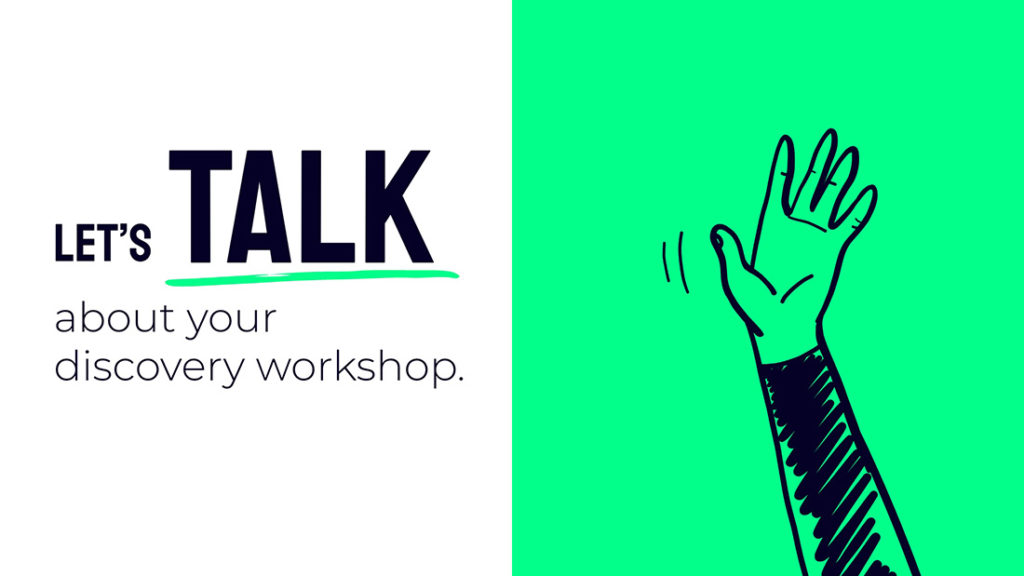
Tip two: prepare
“Nothing is more important than preparation before communicating.”
George Stephanopoulos
In his MasterClass, George regularly comes back to this idea of preparation, as the foundation for success. And it’s the same story for your presentation.
Don’t just learn your script, learn your subject matter. This will allow you to speak freely, while remaining persuasive and compelling. If something doesn’t go to plan, it won’t matter because you’re not wedded to your plan. Or if your audience gives you a subtle cue – like a sigh or a look in their eye – that your message isn’t resonating, you can turn on a sixpence because you know the topic so well. If a different opportunity presents itself, you can adapt. Or if something funny happens, you can join in with the joke, rather than getting that deer-in-headlights look. And if you panic, no big deal, your mouth will continue on autopilot, while you focus on getting those pesky body parts back in check.
Practice until you feel comfortable. Until it’s second nature. Practice until you can speak about your subject in your sleep. Until your pages and pages of notes become just a few prompt words – as brief as the notes George takes into an interview. In fact, he says he often condenses 40-, 50-, even 60-page memos down to just one page of prompts through preparation. This fundamental of effective communication can be applied to multiple situations.
And make sure to practice in the real environment. Identify habits of speech or gestures that might distract your audience and consciously reduce them. Analyse your movements and think about how they can be improved to support your story, welcome your audience in, make them feel comfortable. If you’re looking for ideas on how to be a better communicator, you don’t just want to think about what you’re saying.
Tip three: battle nerves
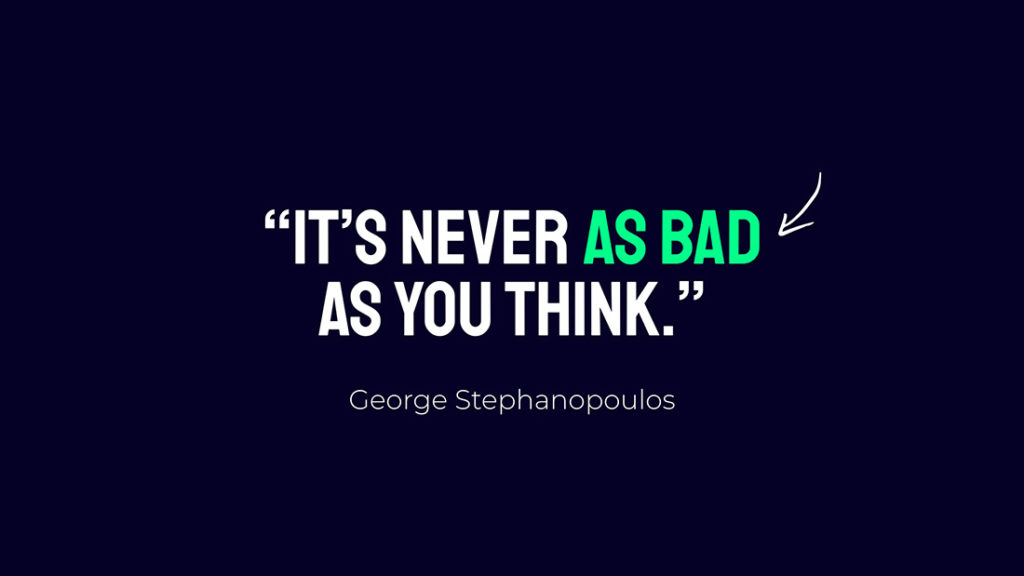
It’s comforting to know that someone who has been speaking in delicate and pressurised environments for decades still gets nervous, and is still on his own lifelong journey in pursuit of effective communication. George comforts himself by acknowledging that the person sitting opposite him in an interview situation is likely just as nervous. We don’t have that luxury as presenters. But his other advice is just as powerful in our position. The very worst thing that’s going to happen is you get embarrassed. That’s it. And you can recover from that.
George practices meditation every single day, which helps him combat his nerves. Mindfulness can be effective at calming the fear of public speaking, in any capacity that it presents itself. A recent study found that mindfulness techniques helped professional and hobby musicians deal with stage fright or musical performance anxiety. Techniques like visualisation – which George mentions as a preparation technique, but likely also aids confidence – as well as focused relaxation and deep breathing, can help you gear up to give a presentation or speak in a meeting.
There are apps, like Headspace, that can help you with all these things. Either use just before your presentation, the night before to get that all-important good night’s sleep, or consistently as a regular habit, to take back control of those debilitating nerves.
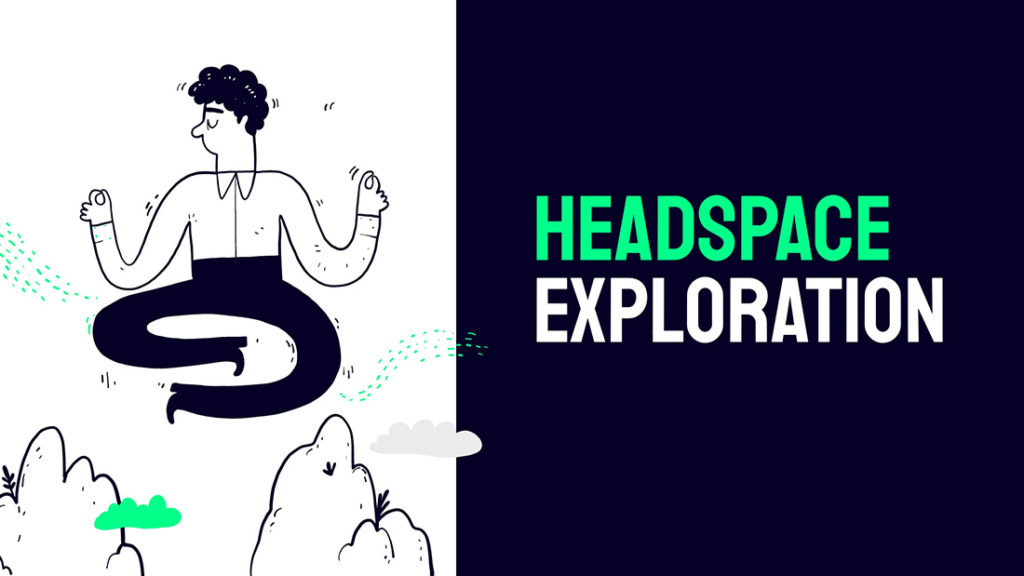
Tip four: deliver
“Be a human.”
George Stephanopoulos
Being perfect isn’t natural. Audiences find the odd mistake endearing, as long as you acknowledge it, correct yourself and move on. George tells us to adjust our tone, and ‘do right by the situation’ to stay true to the requirements of effective communication. If you make a silly mistake, laugh with your audience. Or if your slides don’t work, curse PowerPoint – they’ll all know that particular pain. If you’re delivering bad news, do it quickly, empathise, and be respectful. Or if you need to apologise, don’t put it off. Be genuine, admit your mistakes, and say you’re sorry. And if you want to know more about rebuilding a bad reputation, we have a whole blog on it for you, which is another important lesson on how to be a better communicator.
Be vulnerable, be in the moment, and just see what happens. Likelihood is, your audience will return in kind.
Tip five: interact
“The most important quality, when trying to get someone to tell a story, is to simply be curious.”
George Stephanopoulos
Once you’ve opened your audience up through honest and authentic communication, make the most of their new-found comfort. The most successful presentations are not a monologue, but a dialogue. And – just like George – you need to be asking the right questions.
Don’t try to show off that you know absolutely everything about their business. Instead, admit that they are the experts in this area, and you want to learn from them. Ask simple, open questions, and honour your audience’s need to tell their stories. This will build stronger bonds through a sharing of experiences. It will give you incredible insight to use when proving that you have a solution that will change their world. Don’t underestimate the importance of audience interactivity, and always remember: your presentation is not about you at all.
How to be a better communicator: 4 Cs
George shares so many tips for effective communication across this two-hour MasterClass. Any one of them could be just the inspiration you need to smash that next presentation. If you’re nervous about standing up and speaking in front of a crowd, you want to know how to improve, or you’re just looking to have more purposeful conversations, definitely check out the class.
We could go on and on about how to be a better communicator. But – as George says – as long as you’re hitting the 4 Cs of communication, you can’t be going too far wrong.
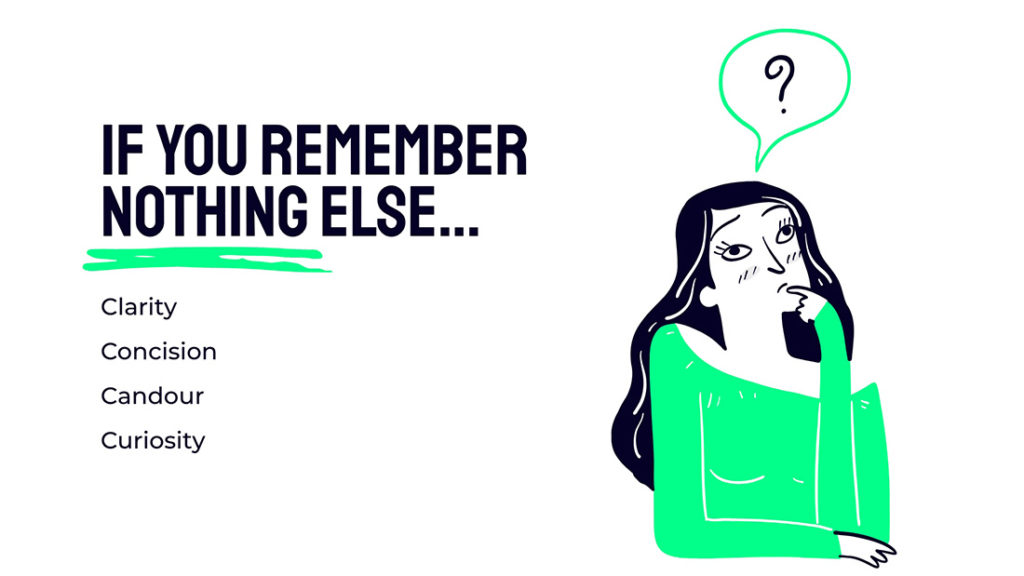
If you’re ready to start delivering more persuasive presentations, it all starts with one purposeful conversation with our Business Development team. Get in touch today to transform your presentations into engaging, inspiring experiences.
